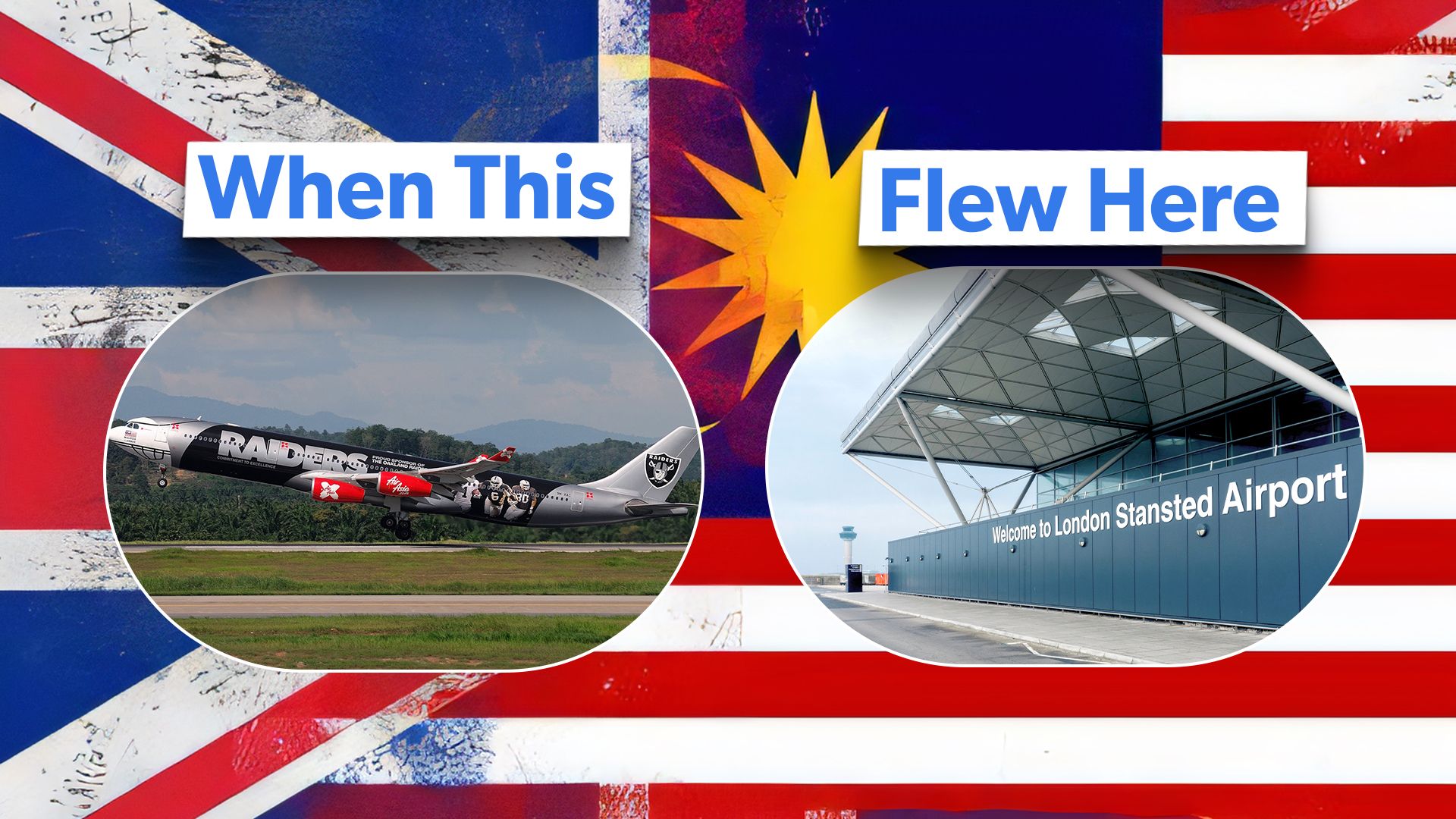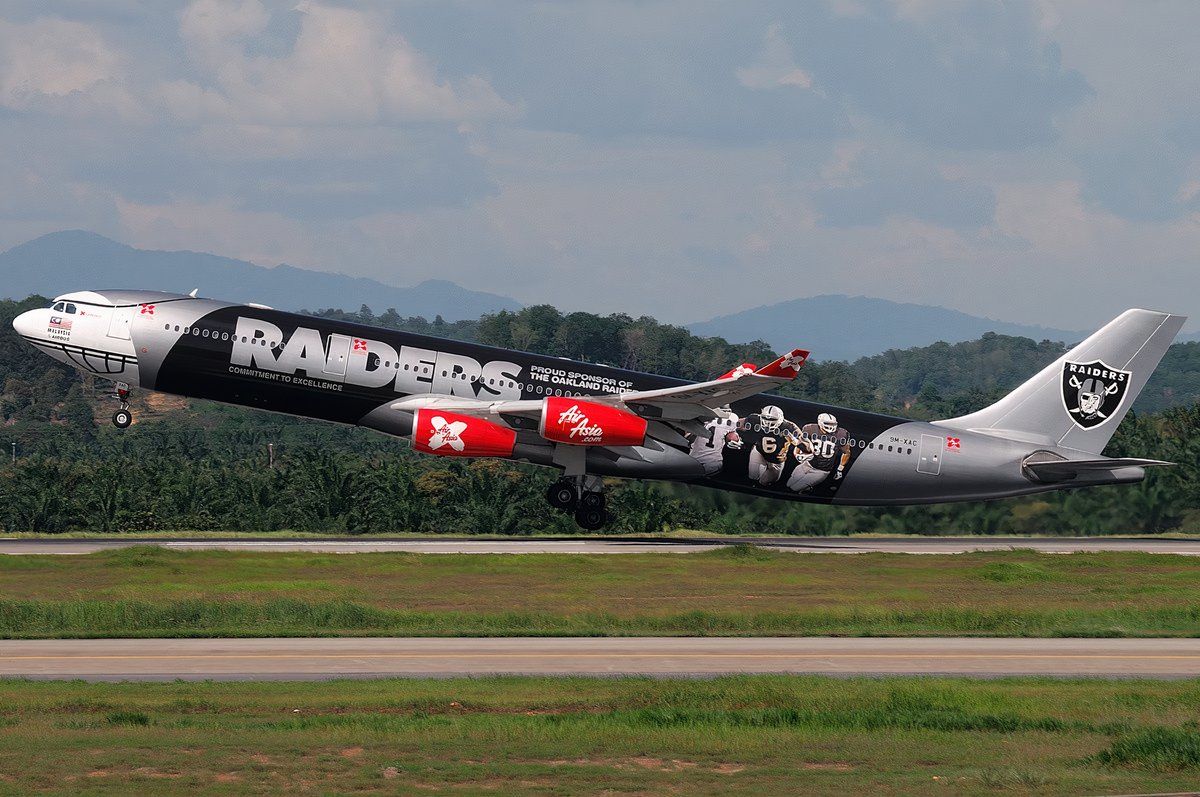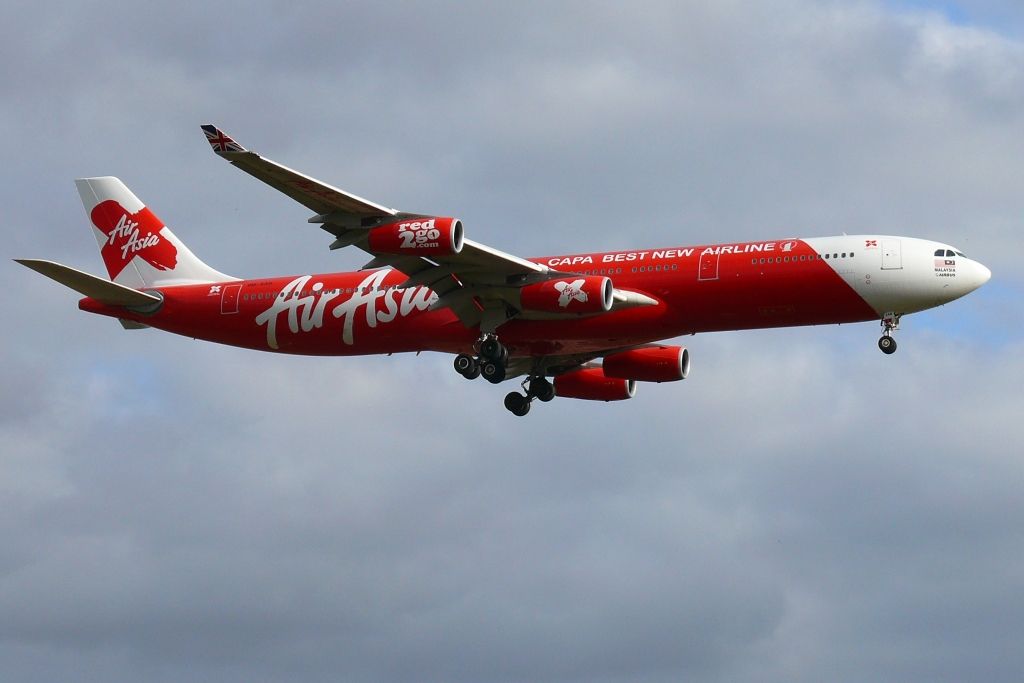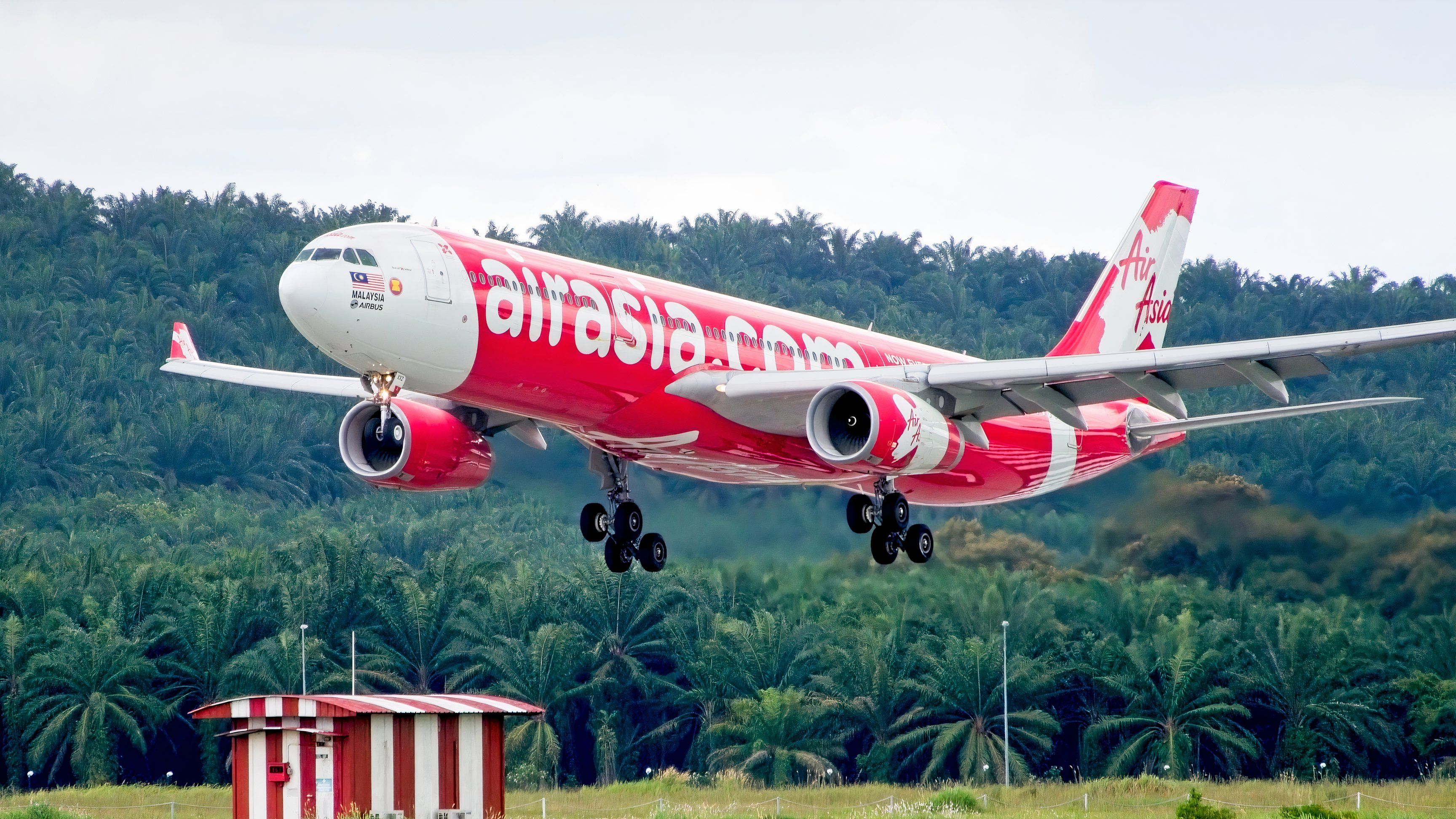Summary
- AirAsia X launched budget-friendly London-Kuala Lumpur flights, tackling long-haul travel barriers.
- Facing tough competition and high operational costs, AirAsia X switched from Stansted to Gatwick.
- Despite challenges and suspension, AirAsia X eyes a strategic return to the European market with improved plans.
In 2009, AirAsia X, the long-haul arm of the Malaysian low-cost airline AirAsia, announced its plans to launch direct flights from London Stansted Airport (STN) to Kuala Lumpur International Airport (KUL). This bold move aimed to provide affordable long-haul travel options between Europe and Southeast Asia, targeting budget-conscious travelers.
Initial launch and ambitious goals
AirAsia X’s inaugural flight from London Stansted to Kuala Lumpur took off in March 2009. The airline’s CEO, Azran Osman-Rani, highlighted the significance of this route, emphasizing their commitment to making long-haul travel more accessible. According to Echo News, the service was met with enthusiasm, offering one-way fares starting at a promo of £99 (with regular fares closer to £350), which was still significantly lower than those offered by traditional full-service carriers.
Photo: Mark Tang | Wikimedia Commons
The airline’s strategy was clear: disrupt the long-haul market by offering significantly lower fares without compromising on the essential in-flight experience. The airline’s two Airbus A340-300 aircraft, known for their long-range capabilities, were chosen to operate this route, which was a key part of their operational plan. With a capacity of around 327 seats, including 18 premium lie-flat seats, the A340-300 was expected to cater to both budget and premium travelers.
According to Business Traveler, Air Asia X’s Premium Fly Flat beds have a 20” width, 60” pitch and extend to 77” in full recline position. Premium seat guests also benefit from complimentary seat selection, priority check-in, priority boarding, baggage allowance and a meal.
Challenges and operational shifts
Despite the promising start, AirAsia X faced several operational challenges that impacted the sustainability of the route. High fuel prices, coupled with the economic downturn during the late 2000s, put considerable financial pressure on the airline. The Airbus A340-300, although capable, was not the most fuel-efficient option available at the time. This inefficiency led to higher operational costs, which was contrary to the low-cost model that AirAsia X thrived on.
Moreover, the initial enthusiasm was dampened by stiff competition from established carriers who responded to AirAsia X’s entry by slashing their own fares and enhancing their service offerings. The competitive landscape made it difficult for AirAsia X to maintain its low-cost advantage while covering operational expenses.
In October 2011, AirAsia X decided to switch its London operations from Stansted (STN) to Gatwick Airport (LGW). The move aimed to capture a broader market and improve load factors, as Gatwick was considered more accessible for many travelers compared to Stansted. The switch was also strategic in tapping into the larger catchment area of Gatwick, which included the affluent South East England region. However, this shift did not resolve the underlying financial challenges, as the high cost of operations continued to strain the airline’s resources.
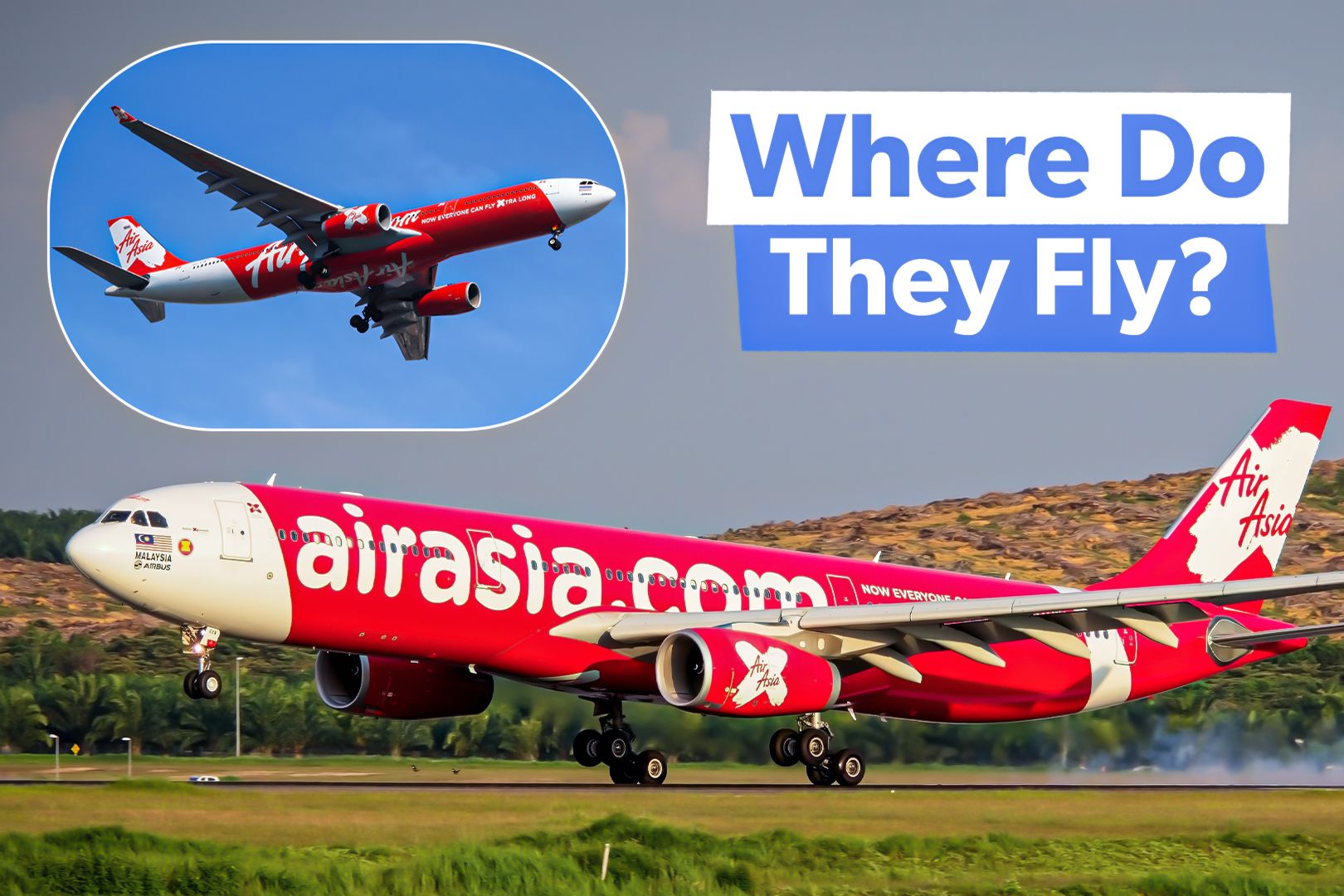
Related
Analysis: These Are The AirAsia X Airbus A330 Routes With The Most Available Seat Miles
Top cities like Seoul, Sydney, and Shanghai are featured on this list.
Suspension of services
By early 2012, AirAsia X announced the suspension of its flights to both London and Paris, effective from March 31, 2012. The airline cited high fuel prices and the introduction of the European Union Emissions Trading Scheme (EU ETS) as significant factors contributing to this decision. The EU ETS threatened to impose additional costs on airlines operating within Europe, further straining AirAsia X’s budget model (though ultimately only flights within the EEA were covered – international flights were not included).
Photo: Alphonsusjimos | Shutterstock
Additionally, operational inefficiencies, coupled with fluctuating demand, made it increasingly difficult for AirAsia X to sustain these routes. The company’s focus shifted towards optimizing its route network by concentrating on more profitable and less volatile markets.
Timeline of Key Events
- March 2009: Inaugural flight from London Stansted to Kuala Lumpur.
- October 2011: Switch from Stansted to Gatwick Airport.
- March 31, 2012: Suspension of London and Paris routes.
Future prospects and strategic reevaluation
Post-merger with its parent company, AirAsia, AirAsia X has expressed intentions to return to the European market. According to Flight Global, CEO Tony Fernandes hinted at possible new routes to Eastern Europe and other destinations, considering more fuel-efficient aircraft like the Airbus A330neo and A321XLRs in their fleet currently and A330-900s in the future. These new-generation aircraft are designed to offer better fuel efficiency and lower operating costs, aligning with the low-cost model.
Photo: AirAsia
The airline’s strategy now includes:
- Focusing on routes with higher demand and better profitability.
- Learning from the lessons of their initial foray into the European market.
- Completing detailed market analysis to identify routes with sustainable passenger loads and yield potential.
The strategic reevaluation also includes exploring partnerships and codeshare agreements to enhance connectivity and market presence without bearing the full operational risk.
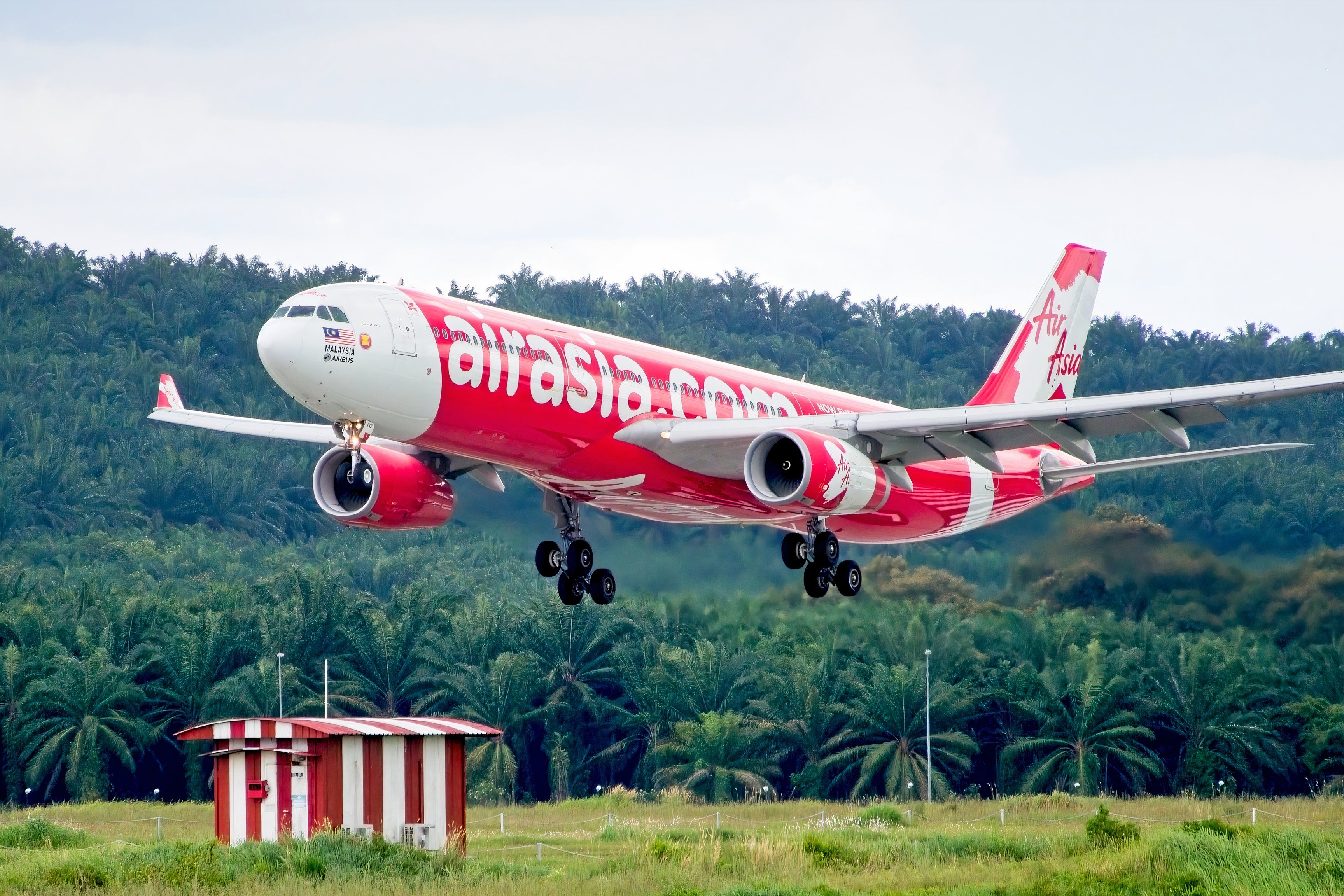
Related
AirAsia X Airbus A330 Passengers Surge 42% YoY in Second Quarter
AirAsia X has set a solid foundation in 2024 as it readies to launch flights from Kuala Lumpur to Nairobi, Kenya.
AirAsia X’s management has indicated that the airline is keen to leverage the advancements in aircraft technology and the evolving regulatory landscape to re-enter the European market. This time, however, the approach will be more calculated, with an emphasis on sustainable growth and operational efficiency.
Wrapping it up
AirAsia X’s attempt to establish a long-haul budget route between London Stansted (STN) and Kuala Lumpur (KUL) was a bit of a bold move in the aviation industry at the time. Despite its initial success, various operational and economic challenges led to the suspension of these services. However, the airline remains optimistic about re-entering the European market with a more sustainable and strategic approach in the future.
The story of AirAsia X’s London Stansted flights underscores the complexities involved in operating long-haul low-cost routes. It highlights the need for continuous adaptation and strategic flexibility in the face of changing market conditions and regulatory environments. As AirAsia looks to the future, its experiences from the past will undoubtedly shape its strategies and operational decisions, ensuring that it is better prepared to navigate the challenges of the global aviation market.

